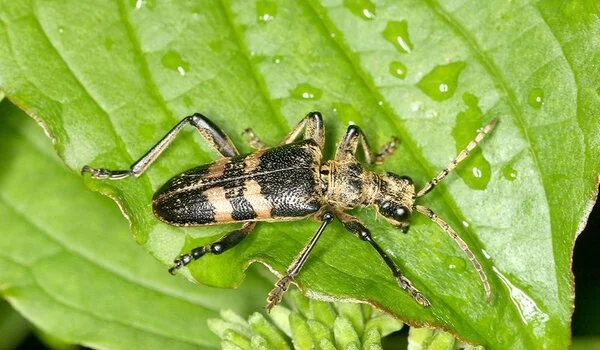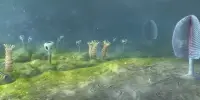Wood-boring beetles, in particular, play an important role in the decomposition of dead wood and contribute to the overall biodiversity of forest ecosystems. Deadwood provides valuable habitat for a variety of organisms, with beetles being one of the most important decomposers found in these environments.
The key to life is energy. Scientists have been attempting to decipher the relationship between available energy and biodiversity in ecosystems for decades. Clear correlations have emerged as a result of the process. Ecosystems with higher energy input, such as those with higher solar radiation near the equator, have higher biodiversity. However, ecosystems do not get all of their energy from the sun. Energy can also be chemically stored, for example, in resources like wood.
Which type of energy promotes biodiversity? Does it happen uniformly along the food chain? These questions have remained unanswered until now.
Species like the stag beetle, whose larvae feed directly on dead wood and thus are at the bottom of the food chain, benefit in their diversity from the amount of energy stored in the wood. The more sugar compounds are stored in the heartwood, the greater their diversity.
Peter Kriegel
Researchers at the Julius-Maximilians-Universität (JMU) Würzburg Biocentre have now provided the first answers. The species diversity of beetles that live in deadwood in forests has been studied by a team led by ecologists Simon Thorn and Peter Kriegel. For this purpose, data from all over Europe was gathered. Six years ago, Simon Thorn initiated and coordinated the project; he has recently begun research at the Hessian Agency for Nature Conservation, Environment, and Geology.
Within forest ecosystems, dead wood provides a diverse range of microhabitats, and different species of beetles have specific needs for survival. This variety of beetles can be classified based on their feeding habits, such as saproxylic beetles (feed on dead wood), xylophagous beetles (feed on wood), and ambrosia beetles (feed on fungi associated with dead wood).

Deadwood studied from Scandinavia to Italy
According to the findings published in the journal Ecology Letters, the diversity of deadwood beetles is influenced differently by energy types depending on their position in the food chain. This evidence was gathered using data from 2,746 deadwood objects collected along a gradient from northern to southern Europe.
“Species like the stag beetle, whose larvae feed directly on dead wood and thus are at the bottom of the food chain, benefit in their diversity from the amount of energy stored in the wood,” says Peter Kriegel: “The more sugar compounds are stored in the heartwood, the greater their diversity.”
At the top end of the food pyramid of deadwood beetles are species like the ant beetle, which eat other insects. Their diversity is largely unaffected by the energy stored in the wood. Instead, greater solar radiation plays an important role here.
Detecting organisms hidden in deadwood
“These results are important for basic ecological research,” says JMU forest ecologist Professor Jörg Müller, who was involved in the study. The results could help to slow down alarming developments such as insect decline.
The research team from the JMU Chair of Animal Ecology and Tropical Biology will then focus on biodiversity in deadwood that is not readily visible.
“We want to detect the molecular traces of hidden organisms using methods such as DNA sequencing: bacteria, fungi without fruiting bodies, but also groups of insects that are difficult to identify and thus often overlooked,” explains Peter Kriegel. The question then becomes whether the respective tree species or sunlight is more important for maintaining high species diversity.








![Report on Overall activity on AB Bank ltd [part-3]](https://assignmentpoint.com/wp-content/uploads/2013/04/ab-bank2-110x55.jpg)







